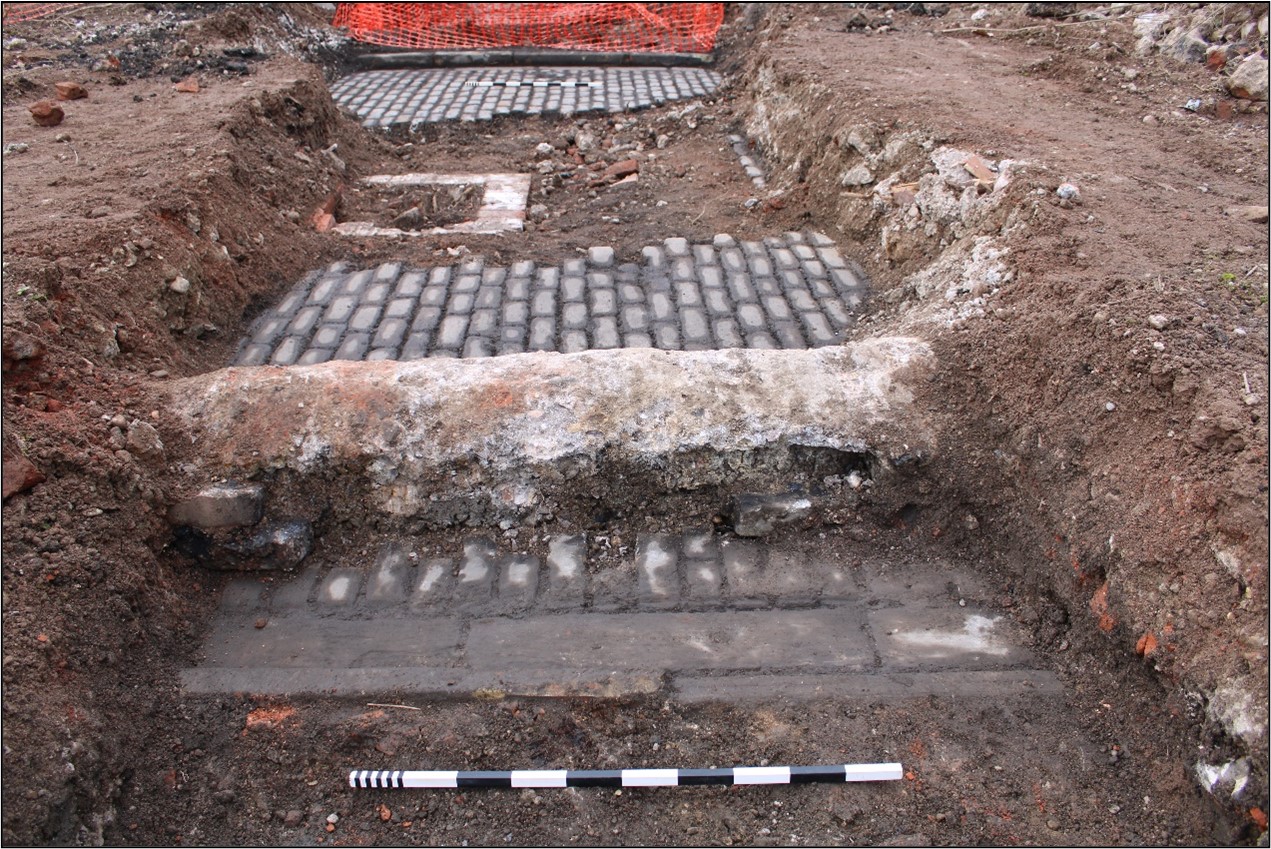Budding archaeologists are invited to take part in a community dig on a historic Hull site this autumn.
Time travellers are welcome to get involved with a free archaeological dig on the site of the former Clarence Mill which will be open to the public from Monday 2 September.
A statutory exploration was undertaken by Humber Field Archaeology (HFA) earlier this year as the site is prepared for the East Bank Urban Village development.
Now, visitors will be able to uncover the hidden history of the Drypool area for themselves, 725 years after Hull received its royal charter, including discovering how it was at the heart of an important medieval village and a stopping point before crossing the River Hull, by ferry, on route to the bustling port of Kingston upon Hull.
The dig supports the Hull City Council’s ‘Our Culture, Our Heritage, Our City’ ambition within Hull’s new community plan and will be led by experts from HFA.
Archaeology manager for HFA, Peter Connelly, said: “We’ve already had tantalising glimpses into the past of this site, including a lost street that has its origins in the 18th century, part of Henry VIII’s defences, pottery that is 700 years old and the infilled remains of a pool that may represent the origins of the village’s name.
“Now, we want the people of Hull to help us uncover more of the story of Drypool as we journey into the past of this important part of the city.”
Cllr Paul Drake-Davis, portfolio holder for regeneration and housing at Hull City Council, added: “This is a fantastic opportunity to come and explore the site and discover the hidden histories of Drypool’s past.
“I’m proud that the council has been able to arrange this free activity for the people of Hull to get their hands on history.”
The dig will take place across Monday to Friday for seven weeks from Monday 2 September and visitors must be aged 16 and over.
Those interested must pre-register in advance which can be done at: Register an interest in volunteering with Humber Field Archaeology (office.com).
The site is off Great Union Street, near Drypool Bridge. Entry to the site will be via St Peter Street.
